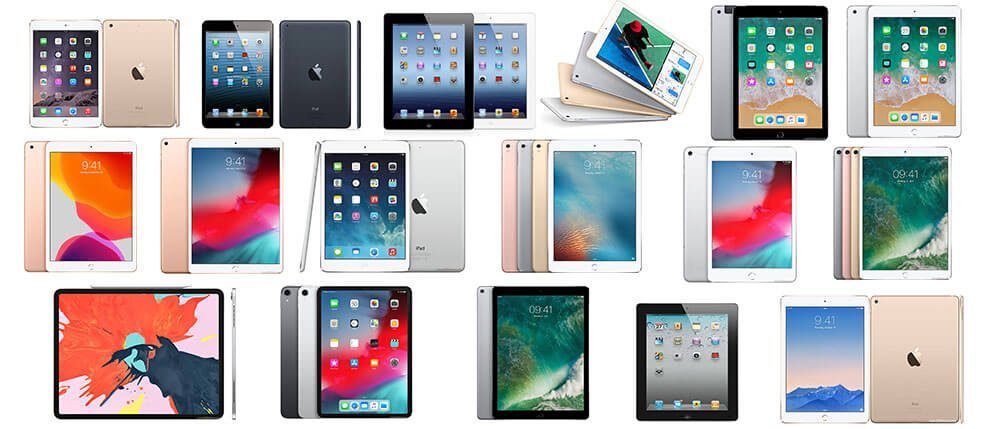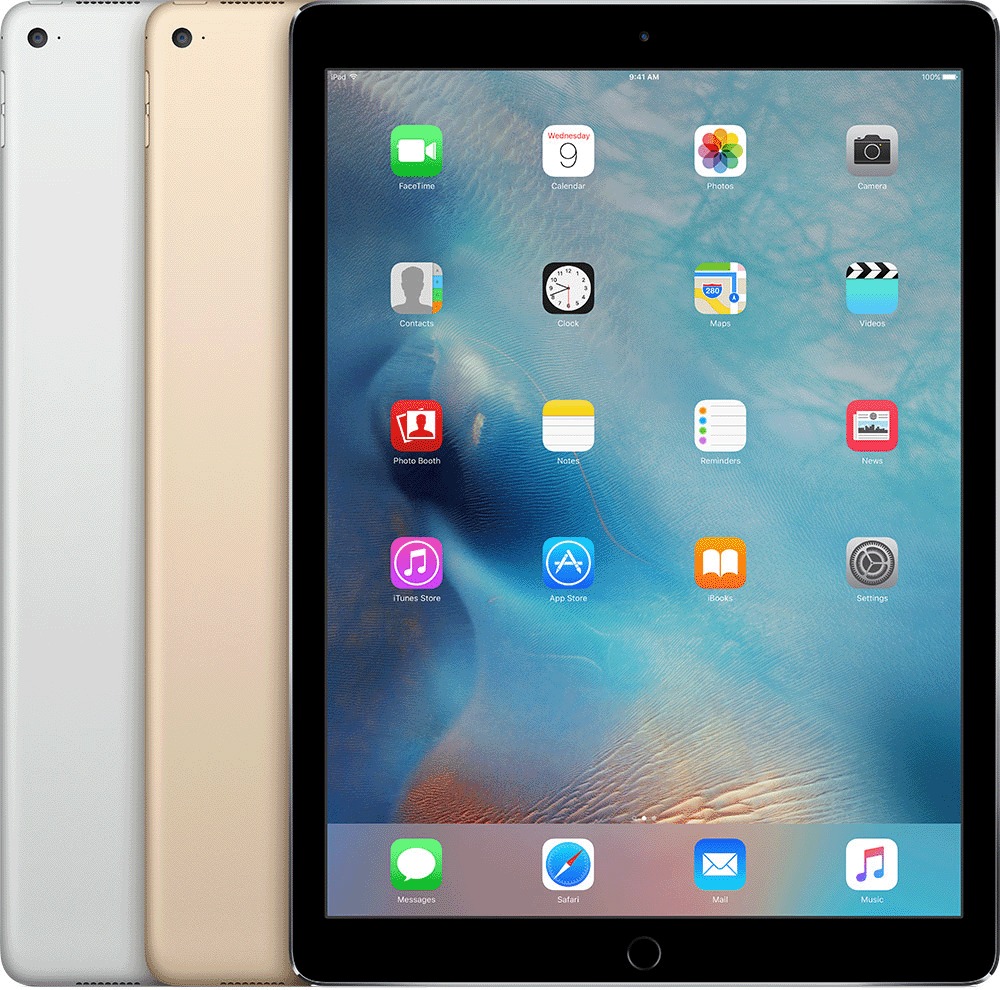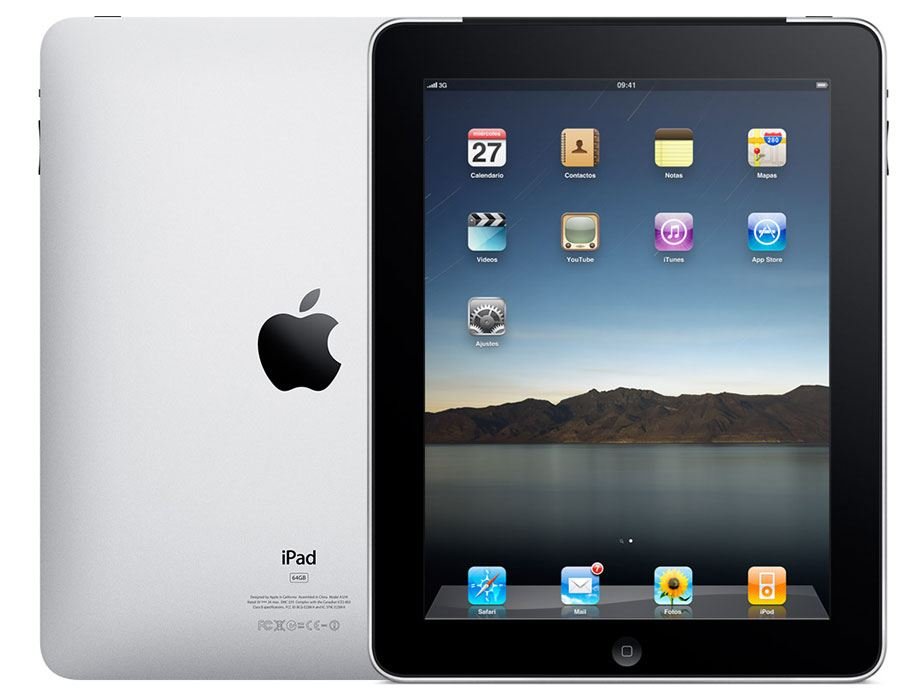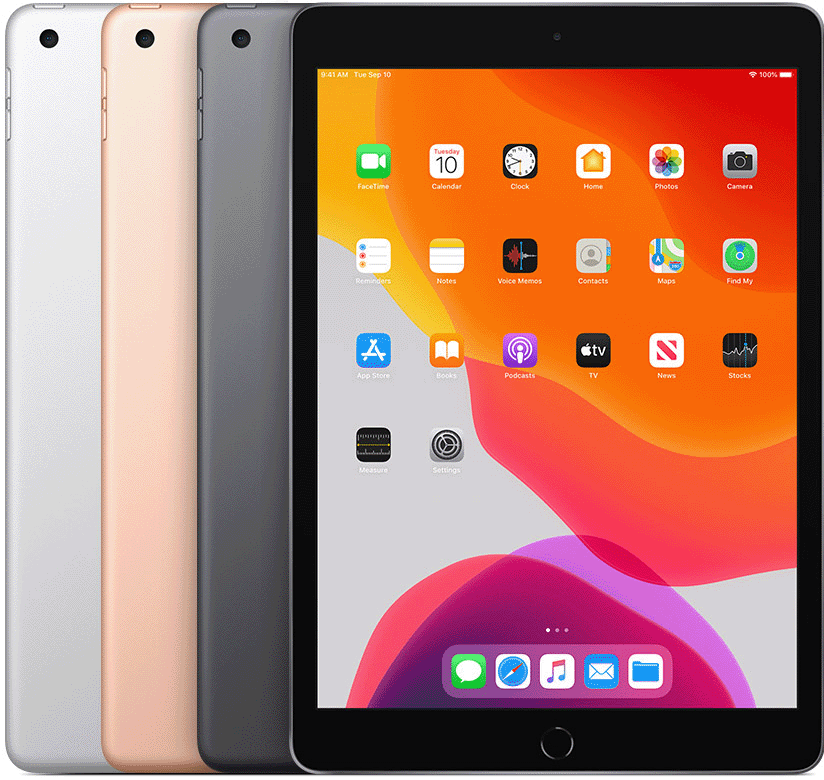When the first generation iPhone was introduced on June 29, 2007, it revolutionized how we access information and communicate. It was Apple’s first attempt to enter the smartphone market, and it raised the bar significantly for subsequent models. The original iPhone was a svelte, understated, and sophisticated gadget that promised to be the pinnacle of communication tools.
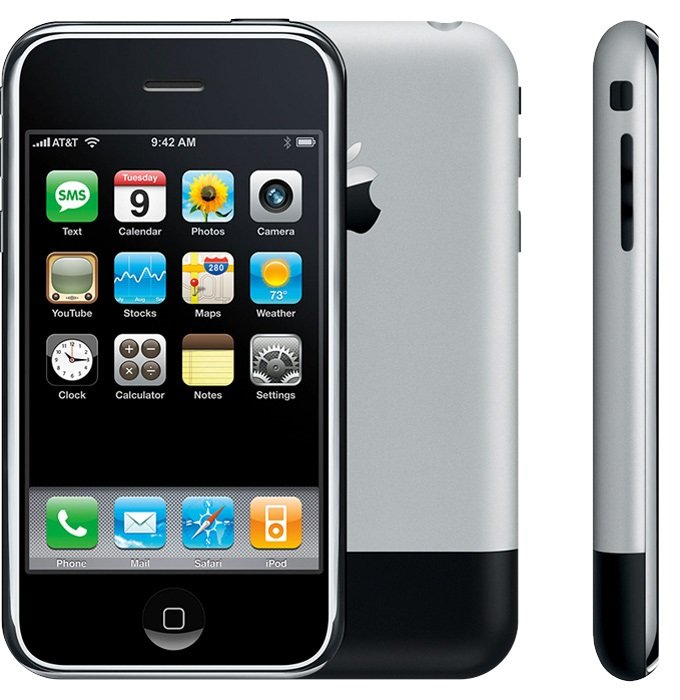
| Model | Size | Released | Discontinued | Capacities | Processor | Operating system |
| iPhone (1st gen) | 3.5″ | 2007-06-29 | 2008-07-15 | 4, 8 GB | APL0098 | iPhone OS 1 to 3.1.3 |
Design & Display
With its rounded edges and minimalist design, the original iPhone had a distinctive look. It featured a 3.5-inch TFT screen with a 320 x 480-pixel resolution. Although the display wasn’t as impressive by today’s standards, it was still regarded as high-end at the time. The touchscreen interface on the display was a first for a smartphone.
Hardware & Performance
A single-core Arm 11 620 MHz processor with 128 MB of RAM powered the original iPhone. A PowerVR MBX Lite GPU was also included. It had two storage options, 4 GB and 8 GB, which, by today’s standards, was not a lot of storage, but was adequate for the time.
Operating System
The original iOS operating system for the iPhone 1st generation was a novel operating system for Apple. iOS was unique from other operating systems at the time because it was created specifically for the iPhone. It represented a significant departure from the then-dominant traditional desktop operating system. People who were unfamiliar with technology found it to be an appealing option because it was simple to use, intuitive, and easy to understand.
Camera
The 2-megapixel camera on the original iPhone was adequate for taking simple pictures but wasn’t the best one available. The first-generation iPhone’s camera was not a key selling point, but it was still a remarkable achievement for a smartphone at the time.
Battery Life
1400 mAh battery in the original iPhone was regarded as average for the time. It had a maximum talk time of eight hours and a maximum standby time of 250 hours. Even though this battery life wasn’t exceptional by today’s standards, it was still remarkable for a smartphone at the time.
Conclusion
The first-generation iPhone fundamentally altered the smartphone market. It paved the way for the development of the smartphone and established the bar for other smartphones to reach. Despite these drawbacks, it was a remarkable invention that revolutionized information access and communication. The first-generation iPhone served as the foundation for the iPhone’s development into one of the most well-known and recognizable gadgets in existence today.

